Behind the Scenes at the California Academy
Editor’s Note: To be a part of this year’s Birdathon trip Behind the Scenes at the Cal Academy go HERE for more information and registration. To see a full list of 2019 Birdathon trips go to https://goldengatebirdalliance.org/birdathon-2019-fundraising-trips/
Text and photos by Alex Smolyanskaya
One of the most memorable trips of my first Birdathon with Golden Gate Bird Alliance was our evening tour of the bird collections at the California Academy of Sciences. The drawers upon drawers of distant species, rare species, and even extinct species were breathtaking. A level deeper than birding in the field, they offered a glimpse into how aspects of ornithology get done and an opportunity to get up close to birds I may never see in real life.
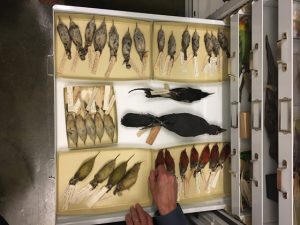
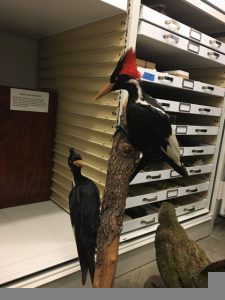
We were greeted by Jack Dumbacher, Curator of Birds and Mammals at the California Academy of Sciences. He started with a slideshow overview of the collections, their specialty geographies, and how the specimens are collected and used. He told us about studies of individual variability, changes over time, and how old specimens are occasionally sampled for genetic analysis. Sitting in the windowless conference room it was easy to feel like we were scientists, imagining all the things could learn from a vast collection of birds from all over the world.
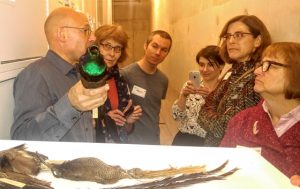
When asked which birds we wanted to see first, “hummingbirds” was a quick reply from the group. One of the dozens of hummingbird drawers probably contained a hundred tiny magnificent creatures. Each species included a dozen or more individuals and one could see small differences between each one. How did they earn those differences? Was it their genes, their lifestyle, or simply the generation into which they were born?
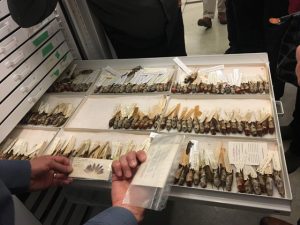
The most striking part of the collection was a haphazardly arranged cabinet containing extinct species mounted for public display. They were real and very alive once, and now they were here and no one would ever see them alive again. We saw ivory-billed woodpeckers, passenger pigeons, Carolina parakeets. Among them was a kakapo, a New Zealand nocturnal ground-parrot — not yet extinct but dangerously close. I felt privileged to be among these creatures and inspired to be an activist for the birds that are still here.
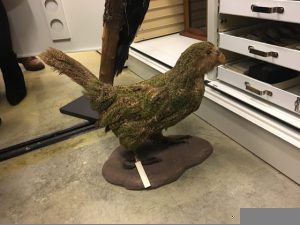
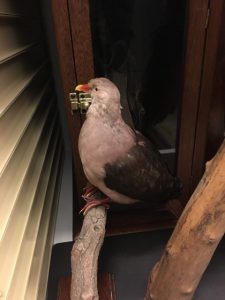
This trip is being offered again during this year’s Birdathon and a few slots remain. Which birds would you like to see first?
Alex Smolyanskaya has been birding the Bay Area since moving here in 2015.…

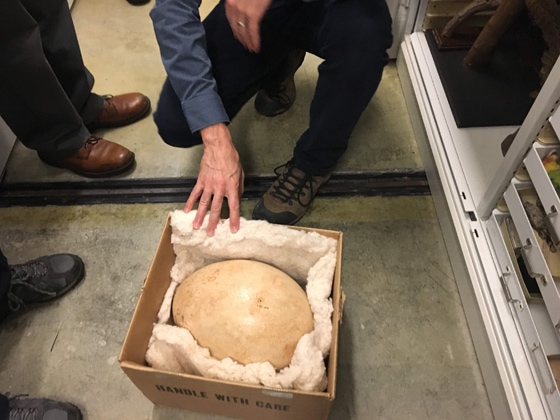
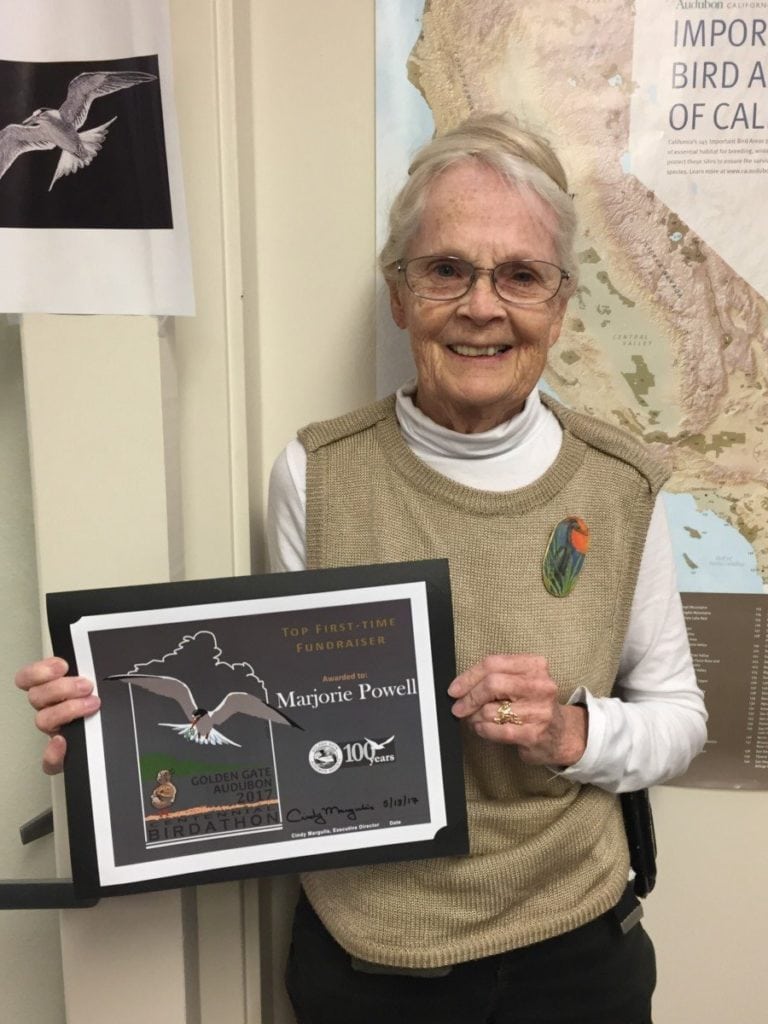
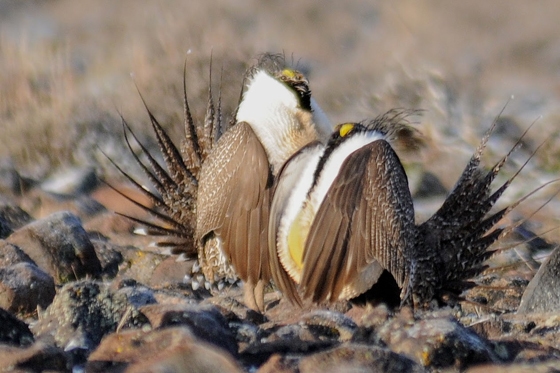
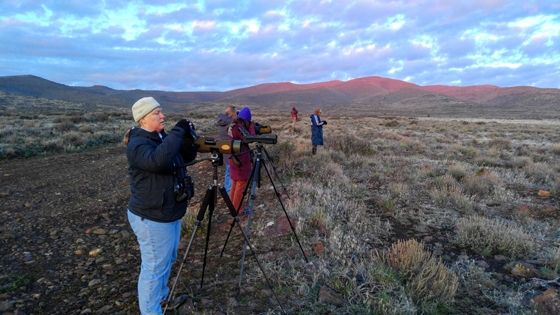 Grouse watching at Shaffer Lek
Grouse watching at Shaffer Lek
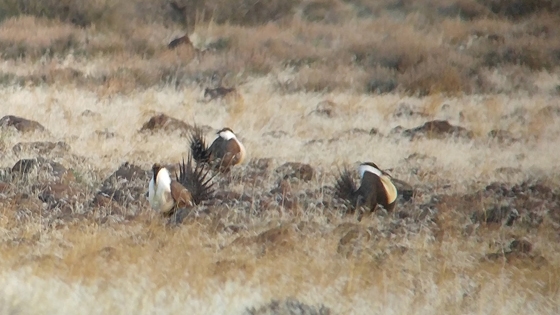 Sage Grouse, Shaffer Lek, Lassen Co., March 19, 2016
Sage Grouse, Shaffer Lek, Lassen Co., March 19, 2016
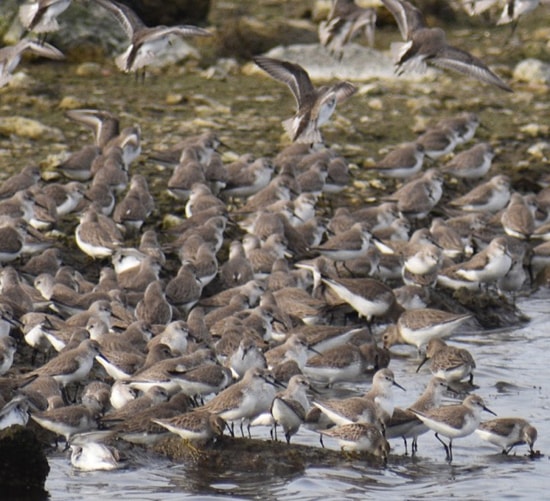
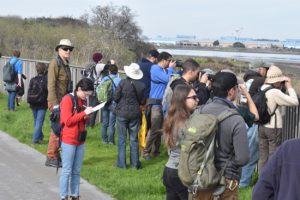
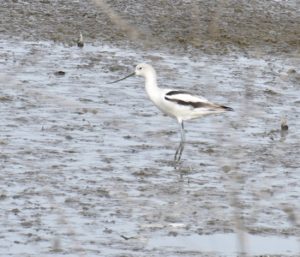 American Avocet Albany 19-01-26
American Avocet Albany 19-01-26
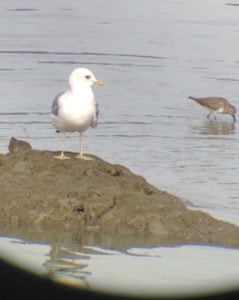 Mew Gull – Albany 19-01-26
Mew Gull – Albany 19-01-26
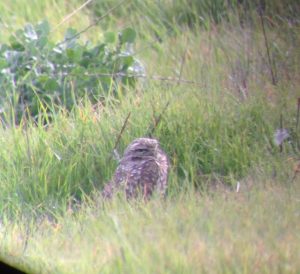 Burrowing Owl Albany 19-01-26
Burrowing Owl Albany 19-01-26
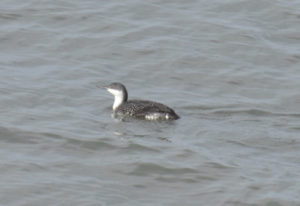 Red-throated Loon – Albany 19-01-26
Red-throated Loon – Albany 19-01-26
 Black-bellied Plovers – Albany 19-01-26
Black-bellied Plovers – Albany 19-01-26
 Western and least sandpipers
Western and least sandpipers
 Black Turnstone – Albany 19-01-26
Black Turnstone – Albany 19-01-26
